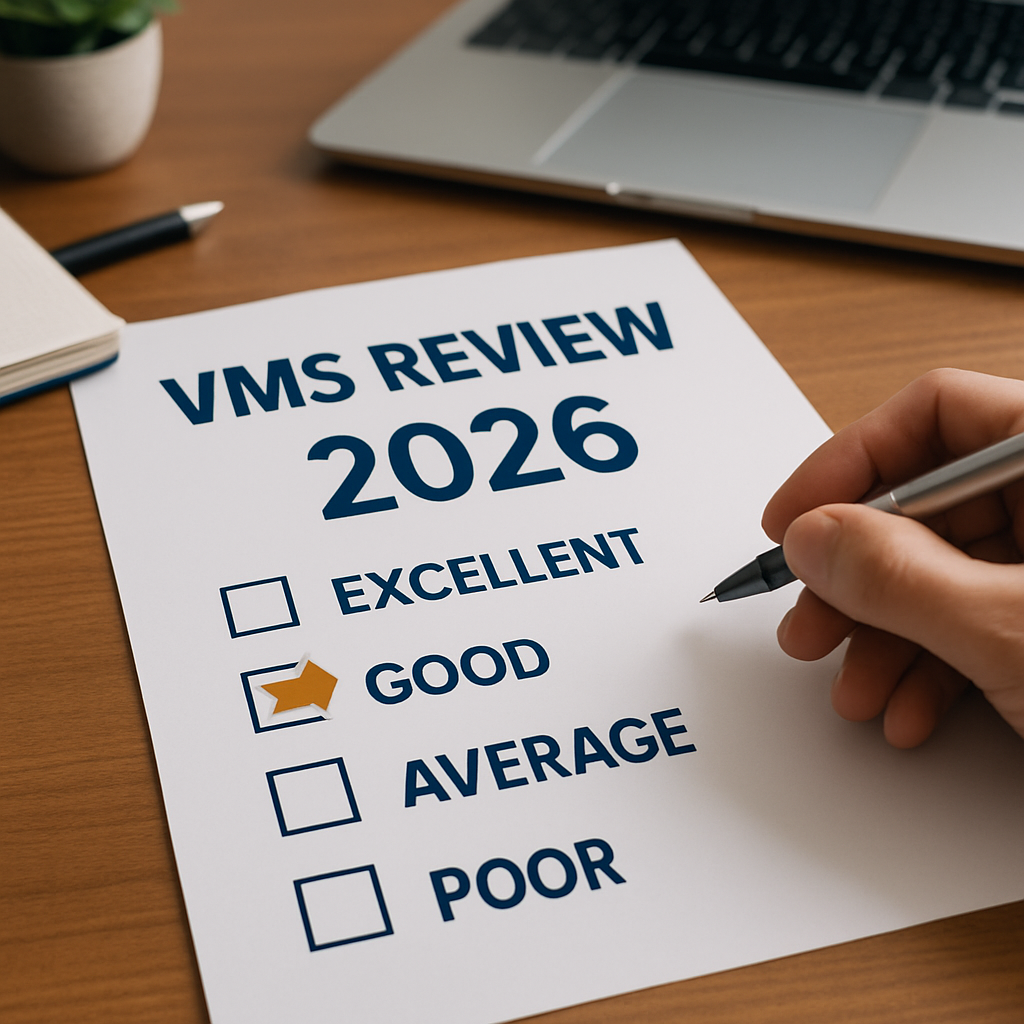According to a US Government Accountability report, 40 percent of the entire US workforce is made up of contingent workers, with the average organization having 18 percent of their workforce employed on a contingent basis.
The report estimates that by 2050, 50 percent of the US workforce will be made up of freelance or contingent workers.
This rising trend is now a global phenomenon, with company executives around the world looking to increase their usage of contingent labour to meet business objectives and changing marketing conditions.
The COVID-19 pandemic has further expedited the move towards non-employee labour, as we discussed in our blog ‘How the COVID-19 Pandemic is Impacting the Contingent Workforce’, with many companies completely changing how they view and optimize their workforce.
Yet as this workforce grows, there's one significant question that many organizations are failing to address - who should manage these non-employee workers, HR or procurement?
In the first part of this two-part blog, Conexis VMS will take a look at the traditional role of both procurement and HR and why many companies with smaller non-employee workforce budgets are currently struggling to implement effective non-employee workforce management programs.
In the second part of this blog, HR or Procurement: Who Should Manage Contingent Workers (Part 2)?, we will dive further into the complexities of managing temporary workers and how the use of a vendor management system (VMS) will ensure you can implement a company-wide program.
Procurement’s role in the non-employee workforce
The job of a procurement team is to ensure that value is driven to your business through pricing, terms and conditions, contractual arrangements, business terms, vendor performance, supplier rationalization and many other cost-saving strategies.
Those in procurement can help your business obtain contingent workers for the best possible price, from the best possible vendors, but aren’t necessarily experienced in the “human side” of hiring workers.
There is the possibility that this could lead to some challenges if you want to provide a superior work experience that allows you to re-engage temporary workers in the future as-and-when they are needed.
HR’s role in the non-employee workforce
HR, on the other hand, is the polar opposite. The focus of a HR team is on the hiring, administration and management of a company’s workforce. They manage people to ensure they are happy during their time at the company.
HR departments focus on areas such as talent acquisition, talent management, retention, employee relations, payroll, benefits and training. While procurement focuses on executing business terms, supplier management, cost optimizations and internal client satisfaction.
As the workforce trends towards contingent, however, HR needs to have input and visibility into all forms of resourcing.
HR is able to give your company a holistic view of the work being done, and how it affects the overall work product, environment, culture and hiring processes. As your company moves forward, HR can help your organization decide whether it is best to hire a consultant, contingent worker, temp or full-time employee.
Yet, since HR typically centers on overall talent and workforce management, typically related to full-time, long term employees, there are times when non-employee/contingent workers would be excluded from general HR oversight.
What does this mean for small and medium-sized enterprises?
Many organizations don’t have the luxury of building huge HR and procurement teams to fill their workforce needs. Instead, these companies will have small, or maybe even one person, teams.
In our experience here at Conexis VMS we find that many hiring managers are typically trying to manage their own non-employee workers. It isn’t until a problem becomes acute that they turn to the help of either their HR or procurement team.
Managing contingent workers should be defined from the outset. For those companies with both a Head of HR and a procurement team, the question of which department should be responsible for its management will be a common question.
Want to know who should really be managing your contingent workers? The answer is both HR and procurement. Non-employee workforce management should be a company-wide initiative, and we will explain exactly why in the second part of this blog - HR or Procurement: Who Should Manage Contingent Workers (Part 2)?
If you have any questions about anything we've discussed in the first part of this blog, then please contact Conexis VMS today. We’ve developed an easy vendor management system designed with the user in mind.


